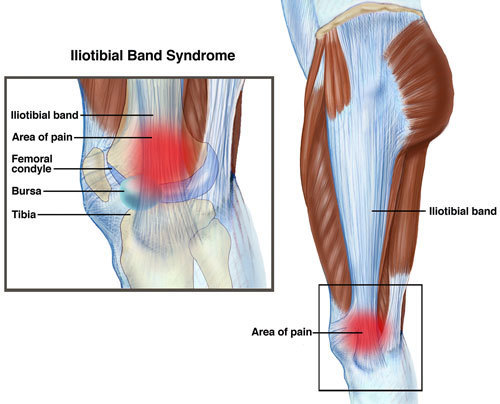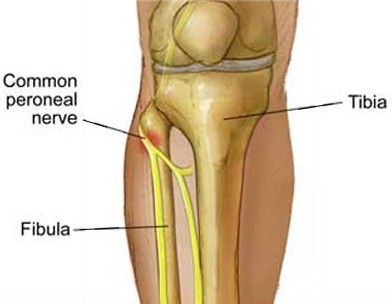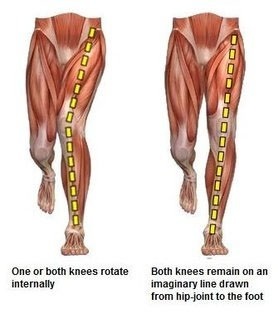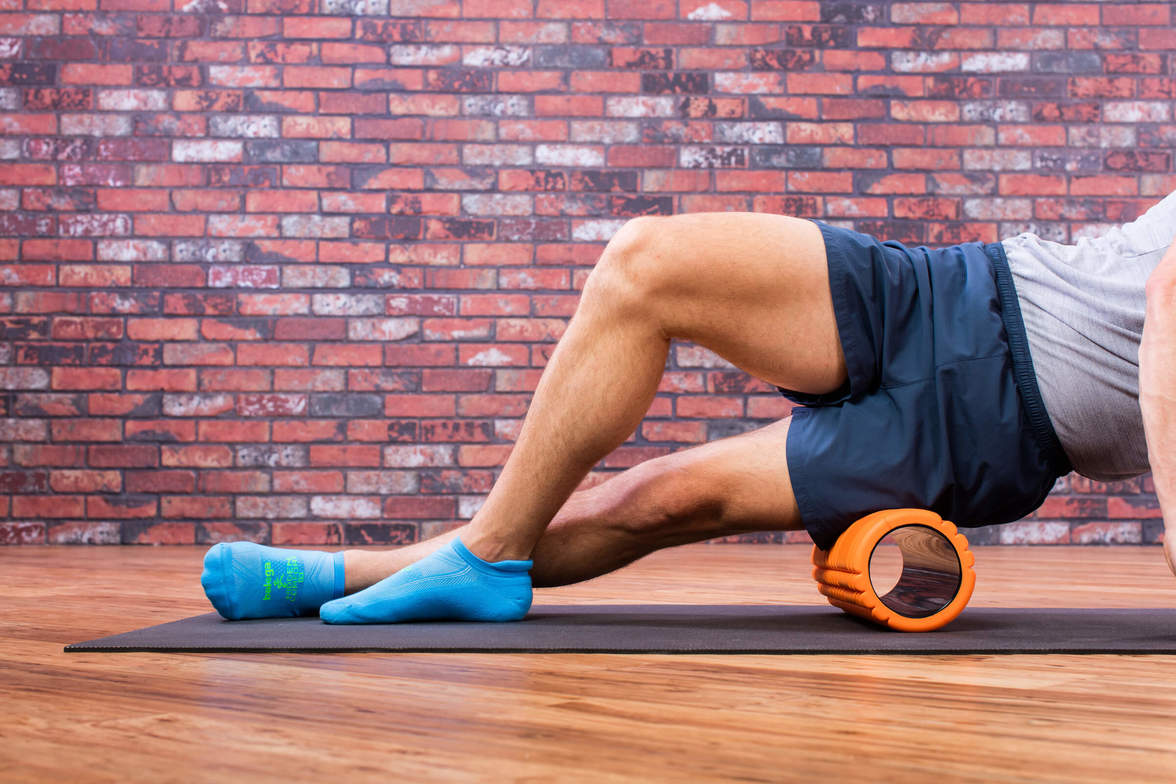
Are you suffering from pain on the outside of your knee? One possibility could be IT Band Syndrome. This pain can be frustrating to deal with and may prevent you from enjoying your typical daily activities such as running or playing with your kids.
In the following sections, we will explore what IT Band Syndrome is, what may cause it, how E3 Chiropractic + Wellness can help, and what you can do to make sure it does not come back.
What Is IT Band Syndrome?
IT, or Iliotibial Band Syndrome, is described as the burning compression of the lower part of the IT Band against the femur. The IT band starts as an attachment to the gluteus maximus, medius, and tensor fascia latae muscles at the pelvis and continues down to Geordy’s tubercle on the lateral tibia just past the knee. The band also has attachment points along the femur to decrease potentially destructive forces along this bone.

IT Band Syndrome was previously thought to be a friction issue caused by the tendon snapping back and forth over the lateral condyle of the femur. However, more recent research shows it is more likely due to compression, with maximal compression occurring at 30° of knee bending.
Make Sure You Have IT Band Syndrome
As we have discussed, IT Band Syndrome is pain along the outside of your knee. We will get into why this may happen right away, but before you decide to self-treat your IT Band Syndrome if you are experiencing knee pain, get the pain assessed! As we talked about with shin splints, there are many potential reasons for pain along the outside of your knee.
As you can see in the picture below, your common fibular (peroneal) nerve runs along the outside of your knee and is a sciatic nerve branch. I have seen many patients in treatment who have knee pain that is referred from their low back. The Extremity Pain of Spinal Source Study shows that the low back can refer nearly 30% of knee pain.

What Causes IT Band Syndrome?
The two most common causes are improper biomechanics and tight or weak hip muscles.
Improper Biomechanics
Studies have shown that biomechanical flaws can cause increased tensile force on the IT band, causing compression. During a 3-dimensional motion analysis study, runners with IT band syndrome showed an increased internal rotation of the knee and hip adduction. This results in the knee collapsing towards the midline of the body.

High foot arches were also a common finding in those who experience IT band syndrome. These factors increase both tensile forces and rotational forces across the lateral femoral condyle, creating a potential burning sensation. The lack of proper motion in the foot, or decreased pronation, forces us to increase the collapse of the knee across the midline and increase tensile strain.
Weak Hip Musculature
A contributor to the improper biomechanics explained above can be weak hip abductor and external rotator musculature. This can increase the internal rotation of the knee and hip adduction, increasing the tensile and rotational forces of the IT band.
How Chiropractic Care Can Help with IT Band Syndrome
Assessment
The first step in treatment is a proper evaluation and history as usual. If you are a runner, this may include a gait analysis to catch biomechanical flaws as indicated above. Our gait analysis includes slow-motion technology of the front and side views of your motion. This allows us to capture even the slightest deviations from an ideal movement pattern. Biomechanic problems can be corrected by treating the soft tissue, joint restrictions, strengthening specific muscles of the lower half, or cueing corrections of your movement.
The next step in our evaluation would be to assess the joints, soft tissue, and other motor patterns that might help us focus our treatment on critical areas.
Phases of Care for IT Band Syndrome
The following are the steps we take to treat IT Band Syndrome. These steps are the following:
Phase 1: Initial Treatment.
Phase 2: Soft tissue, Corrective Exercise, and Mobilizations.
Phase 3: Return to play.
Phase 1: Initial treatment
During the first visit after the assessment, we have to tame the problem. This might be some soft tissue techniques such as cupping, mobilizations, or other methods to decrease your pain. We use this approach to reduce pain, especially if your condition is acute or in the inflammatory phase. You may go home with gentle stretches before we get into the next phase of treatment.
Phase 2: Soft Tissue, Corrective Exercise, Mobilizations
It is essential to address soft tissue issues such as myofascial trigger points through techniques such as Functional Range Release or post-ischemic relaxation. Also, we might need to strengthen the core, hip, or leg musculature depending on what is weak to prevent this increased insult on the IT band.
For this case, chiropractic adjustments or mobilizations could include any restricted joints in your back down to the foot. Because ridged feet are associated with this syndrome, we might look first to adjust the feet. Adjustments to the lower half increase needed motion in the joint and allow us to feel where our body is in space through increased proprioception. This can help us become more aware of our knee going into a wrong position, increasing strain on the IT band.
Phase 3: Return to Sport/Activity
At this point, we will start to taper you back into running or whatever activity you would like to continue pursuing. We talked about the cueing technique. We try to stay away from this because, as the literature states, your best form is most likely your most natural form. So we may not change how you run or move, but if we can add something simple that will not alter the rest of your biomechanics, we may address it.
The other important factor is to advance the exercise you were using as a corrective in phase 2. This could be to increase the intensity, frequency, or load. If you continue to advance in our care, we make it a goal to add to your resiliency to decrease the likelihood of re-injury further.
Should You Foam Roll Your IT Band?

For those who have experienced IT band syndrome, a standard at-home treatment may be to foam roll along the outside of your leg. However, because compression seems to be the issue with this injury, foam rolling will increase the compression on the IT band, which is counterproductive.
Research also showed in a cadaver study that the IT band only stretches .02% with maximal stretch and tensile strength of 7800 psi. This makes your IT Band pound for pound as strong as mild steel. With this in mind, stretching and foam rolling along the outside of your leg are likely, not helpful!.
Now What?
IT Band Syndrome can be an irritating issue to deal with, especially if you don’t know where to start with treatment or if your IT band is indeed the issue. If you are dealing with any outside knee pain, we encourage you to schedule an appointment. Our doctors at E3 Chiropractic + Wellness will provide anyone in Saskatoon experiencing knee pain with the best conservative treatment options for your condition and goals.





